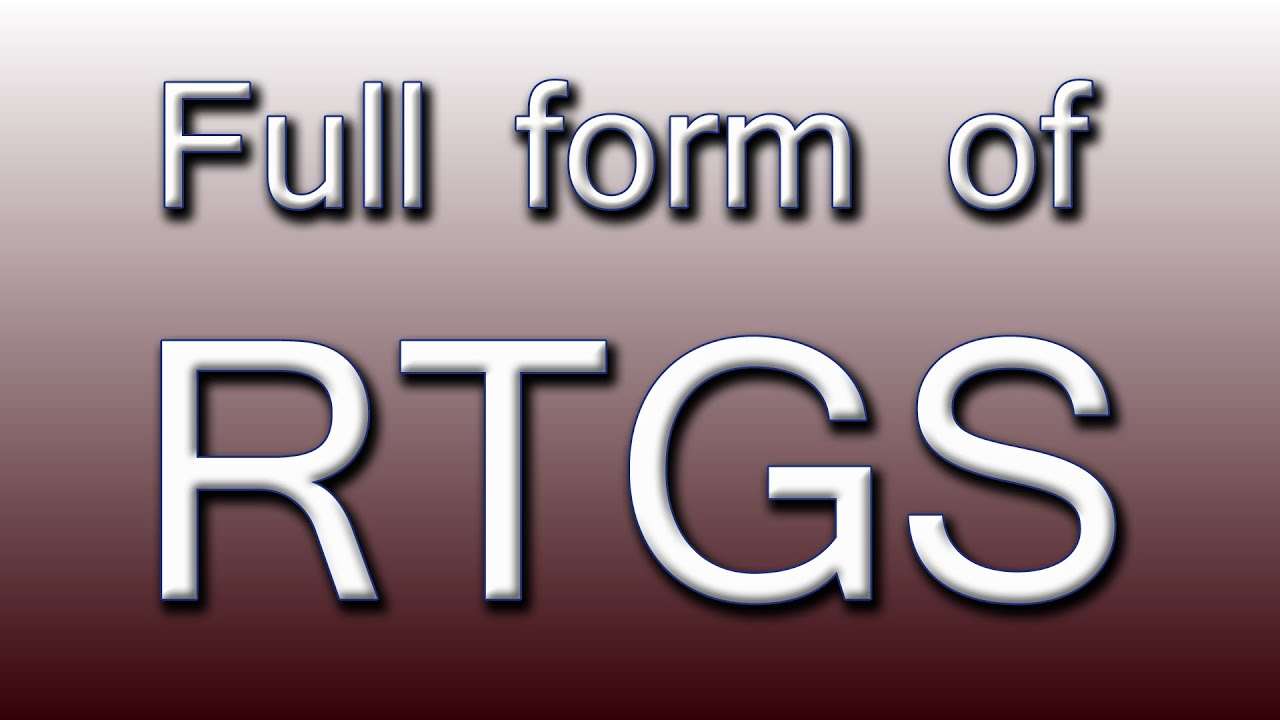In banking, understanding the various methods of transferring money is essential. One such method is RTGS, a popular choice for high-value transactions. This article will explain the RTGS full form, its features, and how it works, making it easy for you to understand and use this service effectively. So, let’s get started!
What is RTGS?
The full form of RTGS is Real-Time Gross Settlement. It is a system where funds are transferred from one bank to another on a real-time and gross basis. Real-time means that instructions are processed instantly without any delay, and gross settlement indicates that the transaction is settled on a one-to-one basis without bundling or netting with any other transaction.
Key Features
RTGS offers several significant advantages, such as:
-
Instant Transfers: Funds are transferred instantly, making them immediately available to the recipient.
-
High Security: Transactions are highly secure, settling individually and in real-time, reducing fraud risk.
-
No Intermediaries: This eliminates the need for intermediaries, ensuring direct, seamless transfers between banks and reducing delays and costs.
-
High-Value Suitability: This option is ideal for high-value transactions, with no upper limit on the amount transferred. The minimum transaction amount is Rs 2 lakh.
-
Better Cash Flow Control: Businesses benefit from immediate payment settlements for better cash flow management.
How RTGS Works?
Understanding how RTGS works can help you use the service more effectively. Here’s a step-by-step explanation:
-
Step 1: Initiation Process
First, the sender starts an RTGS transaction by providing details like the recipient’s bank account number, name, and transfer amount. The sender’s bank then checks whether there are enough funds in the account.
-
Step 2: Verification of Settlement Message
Next, the RTGS system receives the transaction details and verifies their accuracy. It checks the sender’s account, ensures compliance with regulations, and confirms fund availability.
-
Step 3: Funds Transfer
Once verified, the RTGS system debits the sender’s account and instantly credits the recipient’s account with the same amount.
-
Step 4: Confirmation
Finally, the RTGS system sends confirmations to both the sender and the recipient, including transaction details like reference number, timestamp, and updated account balances.
Integration with e-KYC
RTGS transactions can be made more secure and efficient with e-KYC (electronic Know Your Customer). This digital process verifies customers’ identities using electronic methods, such as Aadhaar-based authentication. It helps reduce fraud and ensures verified individuals conduct the transactions.
For instance, when opening a new bank account or updating details, e-KYC can be used to verify customer information quickly and accurately. This seamless integration between RTGS and e-KYC enhances the security and efficiency of financial transactions.
Conclusion
RTGS, or Real Time Gross Settlement, is a crucial banking service for high-value transactions. Its features, such as instant transfers, high security, and reliability, make it an essential tool for businesses and individuals. By understanding what is RTGS and how it works, you can effectively use this service for your financial needs. Additionally, integrating e-KYC enhances the security and efficiency of RTGS transactions, making banking more convenient and secure for everyone.

